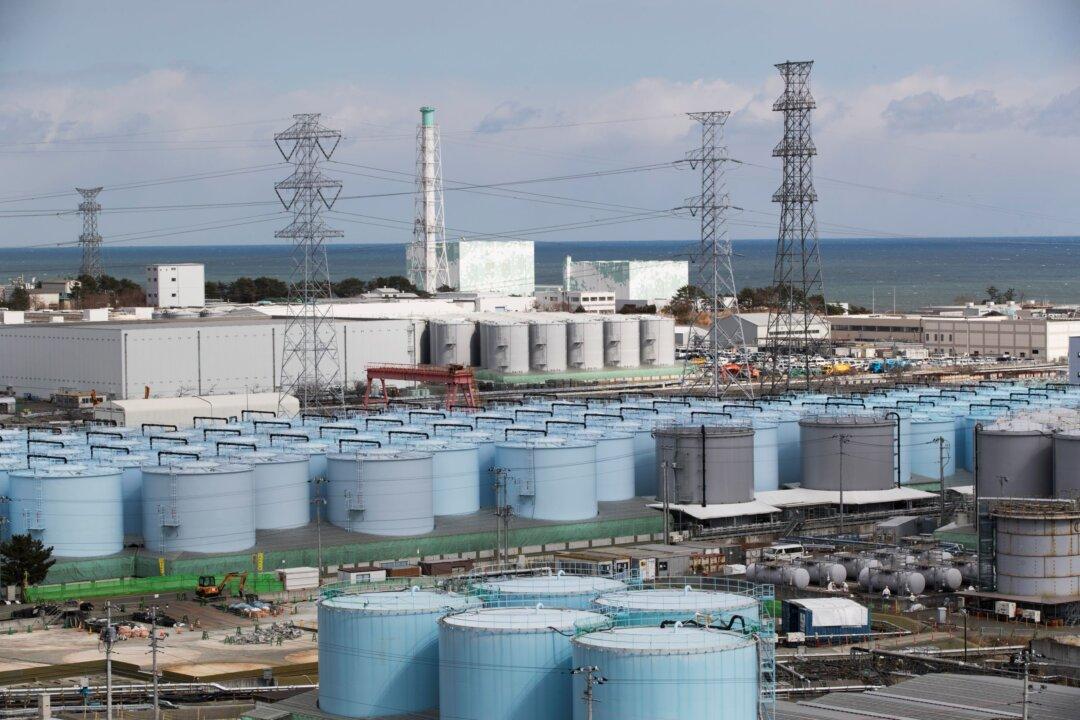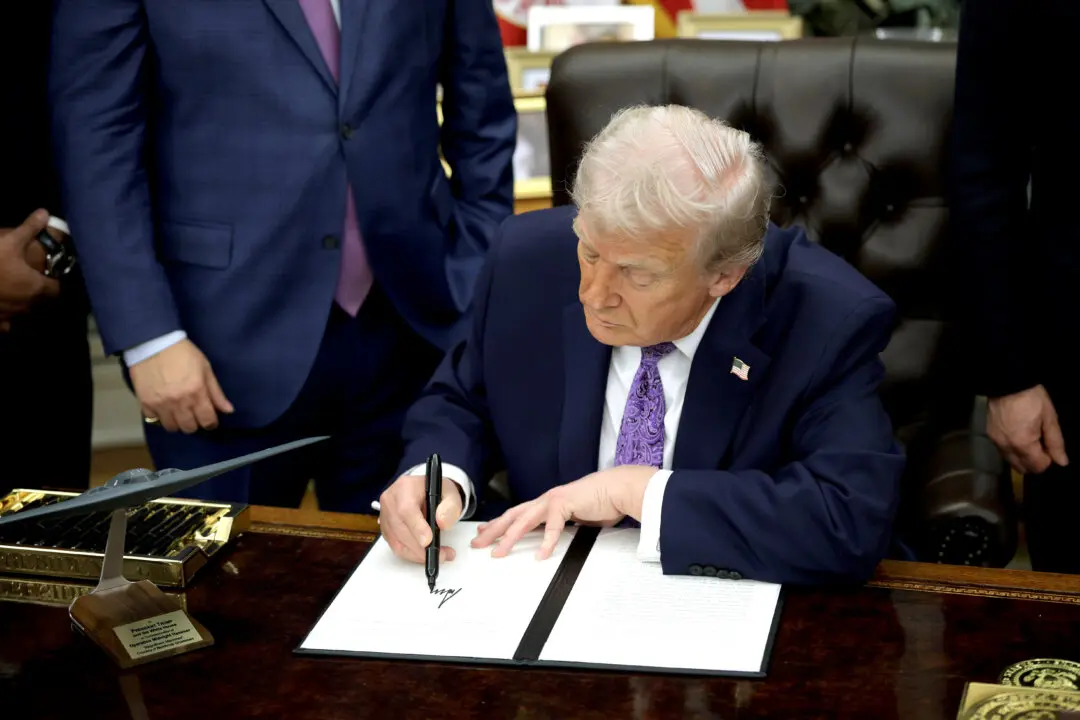Japan’s Industry Ministry has proposed replacing aging nuclear reactors with new ones, marking a reversal from the country’s policy on nuclear power a decade after the 2011 Fukushima disaster.
The ministry presented its guidelines on the use of nuclear reactors after gaining the understanding of the public, which appears to favor the move amid the rising energy cost and frequent power outages during peak seasons.





